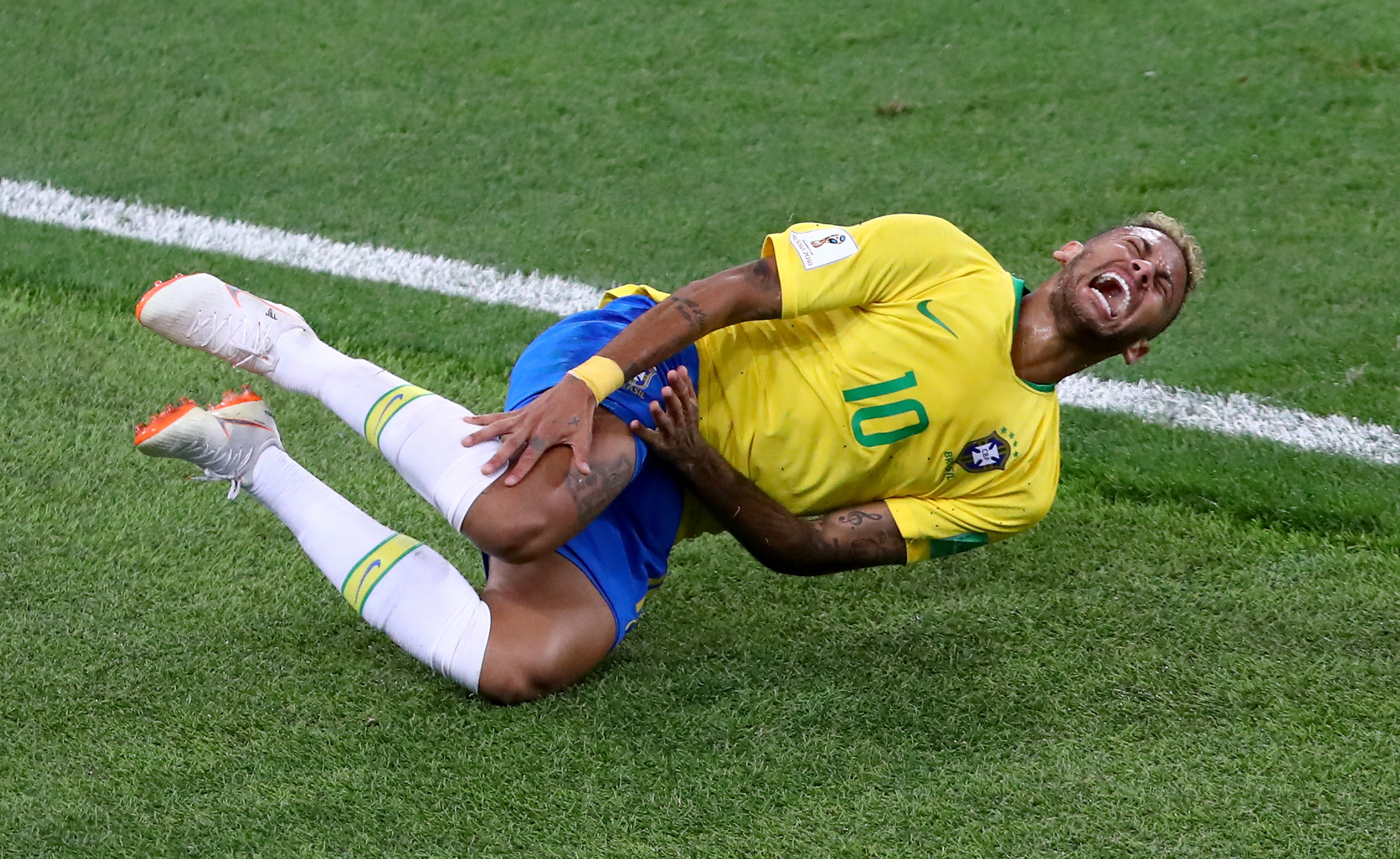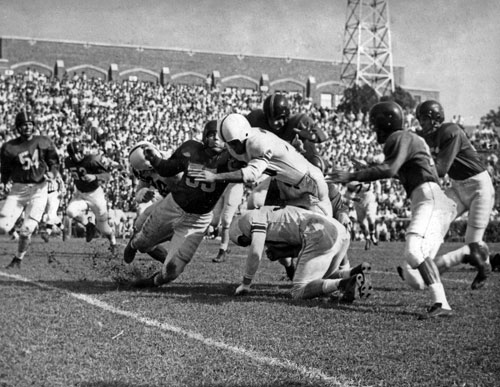“Football Rivalries in Belgium: A Deep Dive into Passion, History, and Local Pride
Related Articles Football Rivalries in Belgium: A Deep Dive into Passion, History, and Local Pride
Football Rivalries in Belgium: A Deep Dive into Passion, History, and Local Pride

Belgian football, while not always in the global spotlight, boasts a rich history and a passionate fanbase. Beyond the national team’s recent successes, the domestic league, the Jupiler Pro League, is a hotbed of intense rivalries that fuel the passion of supporters and shape the landscape of Belgian football. These rivalries are more than just matches; they are deeply ingrained in the cultural fabric of the cities and regions they represent, reflecting historical divisions, social identities, and local pride.
The Foundation of Belgian Football Rivalries
Several factors contribute to the intensity of Belgian football rivalries:
- Geographical Proximity: Many of the fiercest rivalries are between teams located in close proximity, often within the same city or region. This proximity intensifies the competition, as fans constantly interact and compete for local bragging rights.
- Historical and Cultural Differences: Belgium is a country with a complex history and distinct regional identities. The rivalry between teams often reflects these deeper cultural and historical divisions.
- Social Class and Political Affiliations: In some cases, rivalries have been shaped by social class differences or political affiliations. Historically, certain clubs were associated with specific social groups, adding another layer of complexity to the competition.
- On-Field Success and Competition: The desire to be the best in the region or the country naturally fuels competition between clubs. When two teams consistently compete for trophies and European qualification, the rivalry intensifies.
Iconic Rivalries in Belgian Football
Here’s a look at some of the most iconic and fiercely contested rivalries in Belgian football:
-
The "Klassieker" (The Classic): Anderlecht vs. Standard Liège
- This is arguably the biggest and most historically significant rivalry in Belgian football. It pits RSC Anderlecht, the most successful club in Belgium, against Standard Liège, another powerhouse with a passionate following.
- Historical Context: Anderlecht, based in Brussels, is often seen as representing the Flemish-speaking elite, while Standard Liège, from the industrial Wallonian city of Liège, has traditionally been associated with the working class. This historical and social divide adds an extra layer of intensity to the rivalry.
- On-Field Competition: Both clubs have consistently challenged for the league title throughout their history, leading to countless memorable matches and intense battles for supremacy.
- Atmosphere: Matches between Anderlecht and Standard are known for their electric atmosphere, with passionate fans creating a cauldron of noise and displaying elaborate tifos (choreographed displays).
- Recent Developments: While Anderlecht have been the dominant force historically, Standard Liège have enjoyed periods of success, keeping the rivalry competitive.

-
The "Topper" (The Top Match): Club Brugge vs. Anderlecht
- While the "Klassieker" is steeped in history, the Club Brugge vs. Anderlecht match has become increasingly significant in recent years due to the clubs’ consistent dominance of the Jupiler Pro League.
- Geographical Context: Club Brugge, based in Bruges, represents the West Flanders region, while Anderlecht is based in Brussels. This geographical distance doesn’t diminish the rivalry, as both clubs have national support and are often seen as representing different regions of Belgium.
- On-Field Competition: In recent decades, Club Brugge and Anderlecht have consistently been the top two teams in Belgium, leading to intense battles for the league title and other trophies.
- Modern Rivalry: This rivalry is more about on-field success and the desire to be the best in Belgium than historical or social divisions.
- Fan Culture: Both clubs have large and passionate fan bases, creating a vibrant atmosphere at their matches.
-
The "Derby van Vlaanderen" (The Derby of Flanders): Club Brugge vs. Gent
- This derby pits two of the biggest clubs in the Flemish region against each other.
- Geographical Context: Both Bruges and Gent are major cities in Flanders, and the rivalry is fueled by local pride and the desire to be the dominant force in the region.
- Historical Competition: While Club Brugge has historically been the more successful club, Gent has emerged as a strong contender in recent years, adding fuel to the rivalry.
- Passionate Fanbase: Both clubs have a large and loyal fanbase, and the derby is always a highly anticipated event.
-
The "Antwerp Derby": Royal Antwerp vs. Beerschot
- This is a classic city derby, pitting two clubs from Antwerp against each other.
- Historical Context: The rivalry has a long and complex history, with both clubs having periods of success and decline.
- Social Class: Traditionally, Royal Antwerp was seen as representing the more affluent part of the city, while Beerschot was associated with the working class.
- Recent Developments: Beerschot Wilrijk, after facing financial difficulties and reforming, has made its way back to the top flight, reigniting the derby.
- Intense Atmosphere: The Antwerp derby is known for its intense atmosphere, with passionate fans creating a hostile environment for the opposition.
-
The "Hainaut Derby": Charleroi vs. Mons
- This is a regional derby between two clubs from the Hainaut province.
- Geographical Context: Charleroi and Mons are the two largest cities in Hainaut, and the rivalry is fueled by local pride and the desire to be the dominant force in the province.
- On-Field Competition: While neither club has achieved significant national success, the derby is always a highly anticipated event for fans in the region.
The Impact of Rivalries on Belgian Football
These rivalries have a significant impact on Belgian football:
- Increased Fan Engagement: Rivalries generate increased interest and excitement in the sport, attracting more fans to stadiums and boosting television viewership.
- Economic Benefits: The increased attendance and media coverage associated with rivalries can generate significant revenue for clubs and the league.
- Development of Local Talent: Rivalries can motivate young players to strive for success and represent their local club, contributing to the development of domestic talent.
- Cultural Significance: Football rivalries are an integral part of the cultural fabric of the cities and regions they represent, fostering a sense of community and identity.
Challenges and Concerns
While rivalries can be positive for Belgian football, they also present challenges:
- Hooliganism: As with many football rivalries around the world, there is a risk of hooliganism and violence associated with some of the fiercest derbies.
- Increased Security Costs: Clubs and authorities must invest in security measures to prevent violence and ensure the safety of fans at derby matches.
- Negative Impact on Sportsmanship: The intensity of rivalries can sometimes lead to unsportsmanlike behavior on and off the field.
Conclusion
Football rivalries are an integral part of the Belgian football landscape. They are fueled by geographical proximity, historical and cultural differences, social identities, and the desire to be the best. While these rivalries can present challenges, they also contribute to the passion, excitement, and cultural significance of Belgian football. The "Klassieker" between Anderlecht and Standard Liège remains the most historically significant rivalry, but matches like Club Brugge vs. Anderlecht and the Antwerp derby are also fiercely contested. These rivalries not only shape the domestic league but also reflect the complex social and cultural dynamics of Belgium. As Belgian football continues to evolve, these rivalries will undoubtedly continue to play a vital role in shaping its future.

